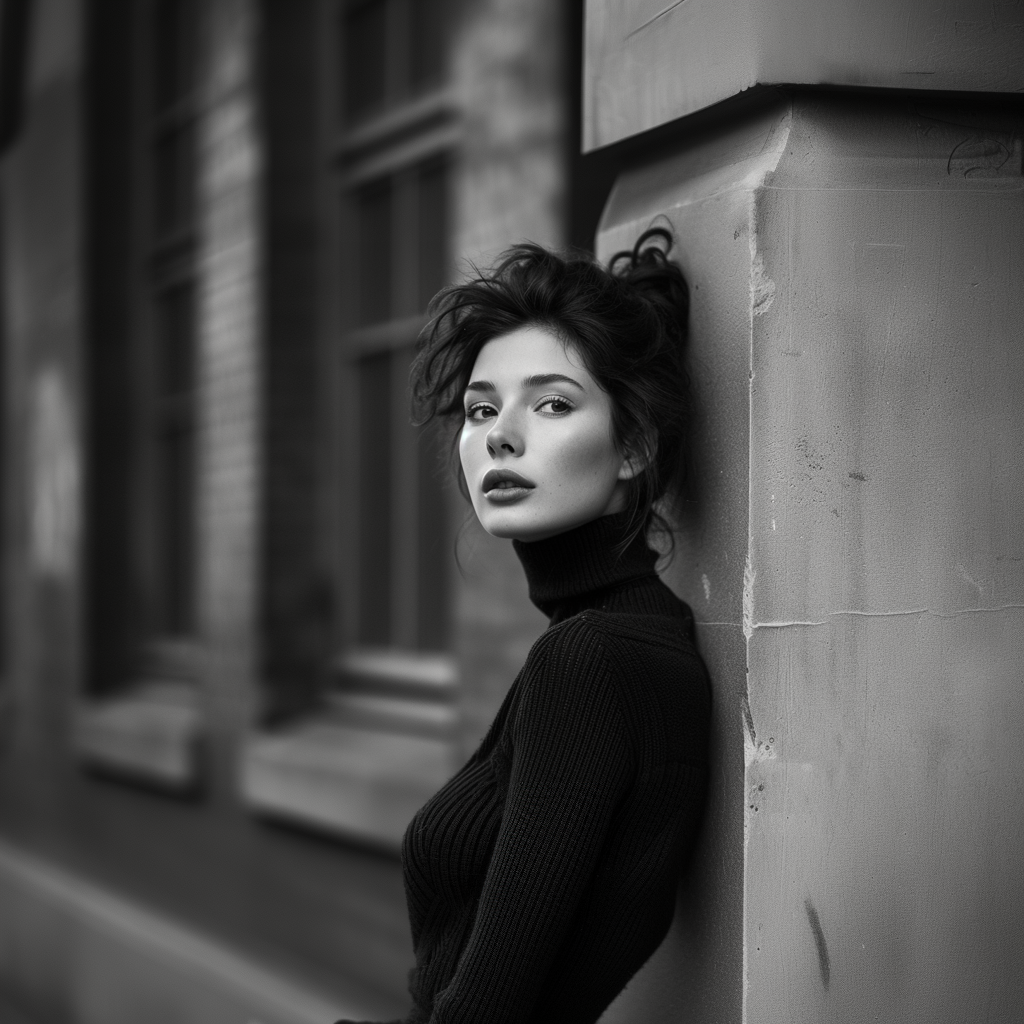To simplify Marketo email template syntax for maximum efficiency, focus on mastering the use of custom HTML attributes and clearly defined editable regions. Utilize various variable types, like strings and lists, for dynamic content. Always embed inline CSS for better email client compatibility, and don't forget about mobile responsiveness—it's crucial for engaging your audience. Pay attention to proper nesting of containers, as this ensures your email renders beautifully across all platforms. Stay updated with best practices, and you'll enhance your campaigns significantly. Keep exploring to discover even more strategies for effective email marketing!
Key Takeaways
- Utilize custom HTML attributes to define editable regions, ensuring dynamic content functions smoothly in your templates.
- Implement inline CSS for consistent rendering across various email clients, enhancing visual appeal.
- Master user-defined tokens to personalize content, significantly boosting engagement rates.
- Test templates across multiple devices to maintain design integrity and mobile responsiveness.
- Regularly review and update templates to align with best practices and adapt to design trends.
Introduction

When diving into Marketo email templates, you'll quickly discover how their custom HTML attributes can transform your email campaigns. These attributes define editable regions, allowing for dynamic content that caters to user customization. Understanding the syntax is essential, as it includes various variable types like String, List, Number, Color, and Boolean. Each type offers specific required and optional attributes, giving you flexibility in design.
Incorporating Rich Text, Images, Snippets, and Video modules within containers is straightforward, but remember that each container must have unique IDs and specific class attributes to ensure proper functionality. This attention to detail guarantees that your email remains engaging and responsive across different platforms.
When styling your emails, inline CSS is the way to go. Email clients often struggle with external stylesheets, so using inline styles ensures better rendering and consistency.
Lastly, testing templates across multiple email clients and devices is crucial. This step helps maintain design integrity, as rendering can vary significantly. By mastering these elements of Marketo email templates, you'll enhance your campaigns and deliver a seamless experience to your audience.
Boosts Engagement and Conversions

Unlocking the potential of personalized email templates can significantly boost engagement and conversions. By using dynamic content in your email templates in Marketo, you can achieve a remarkable 26% increase in engagement rates. When recipients see content tailored to their preferences, they're more likely to interact.
Moreover, incorporating clear calls-to-action (CTAs) can elevate click-through rates by up to 371%, driving more conversions than ever before.
Designing emails with responsive layouts is crucial, especially since a growing number of marketing users access emails on mobile devices. This approach can lead to a 15% higher click-through rate on smartphones.
Additionally, maintaining consistent branding elements across your email templates can enhance brand recognition by a staggering 80%, building trust and engagement among your audience.
Furthermore, leveraging networking opportunities can provide valuable insights and support to enhance your email marketing strategies.
Personalization for Target Audience

Personalization in your email campaigns is a game-changer for targeting your audience effectively. By leveraging Marketo's user-defined tokens, like {{lead.First Name}}, you can dynamically insert the recipient's name, significantly enhancing engagement. This simple touch makes your emails feel more personal and less generic.
Utilizing conditional content allows you to tailor messages based on lead attributes, ensuring that you speak directly to specific audience segments. This relevance boosts response rates and makes your emails stand out.
Meanwhile, incorporating global variables helps maintain consistent branding across your personalized emails. With elements like logos and color schemes standardized, you reduce the need for repetitive edits.
Don't forget about interactive content! Marketo's variable types, such as List and Boolean variables, enable you to create engaging experiences that respond to user preferences. This fosters a deeper connection with your audience.
Step-by-Step Guide to Writing Newsletters

Crafting an engaging newsletter starts with choosing the right email template in Marketo that reflects your brand's identity.
Begin by selecting an appropriate template that aligns with your newsletter's layout needs. This ensures consistency and enhances engagement.
Next, utilize editable content regions, like Rich Text and Images, to effectively communicate your message and visually appeal to your audience.
As you're designing email templates, don't forget to incorporate dynamic content using Marketo syntax. This allows you to personalize the newsletter by addressing recipients by name or referencing their interests, which boosts reader engagement.
Make sure your newsletter is mobile-friendly. Test it across different devices and email clients to guarantee proper formatting and readability.
Pay attention to the HTML elements you use; they should render well on various screens.
Pro Tips for Maximizing Impact

To make your emails truly stand out, focus on maximizing their impact with a few strategic techniques.
Start by utilizing the mktoText class for rich text editing, allowing for flexible and engaging content while ensuring consistent branding across your Marketo templates.
Implement responsive design using CSS media queries to cater to the 1.9 billion mobile users, ensuring your emails look great on any device.
Leverage snippets for reusable content blocks, which not only streamline your content management process but also maintain consistency across multiple emails.
By simplifying the editing experience, limit the number of editable regions in your templates. This approach helps you manage content efficiently and reduces the chances of errors.
Don't forget the importance of testing email templates! Regularly check compatibility with tools like Litmus or Email on Acid to prevent rendering issues across various email clients and devices.
Lastly, consider using editable images to enhance visual appeal while keeping your email content dynamic.
Common Mistakes to Avoid

When it comes to designing your email templates, avoiding common pitfalls can save you a lot of headaches down the line. One major mistake is using duplicate IDs within the same template. This not only leads to functionality issues but also creates confusion when identifying modules within the template.
Ensure that all elements inside your containers are valid modules; invalid elements can disrupt email rendering and compromise your design's integrity. Be careful when nesting containers and modules, as improper nesting can create layout problems and hinder responsiveness.
Regularly review your email template design to keep it compliant with best practices. Outdated templates may not perform well across various email clients, which can negatively impact your campaigns.
Lastly, always test email templates extensively across different devices and clients. This helps you identify potential rendering problems before deployment, ensuring that your emails look and function as intended.
Welcome Email Template Example

In today's competitive landscape, a well-designed welcome email template can set the tone for your relationship with new subscribers. Start with a personalized greeting using tokens like {{lead.First Name}} to create an engaging experience. This simple touch makes your subscribers feel valued and connected to your brand.
Next, incorporate a clear call-to-action button that guides recipients towards your desired next step, whether it's visiting your website or exploring your services. This CTA should be easily recognizable within your visually appealing design, which includes relevant images and branding elements that reinforce your brand identity.
Ensure your welcome email template is mobile-responsive, as around 1.9 billion users access emails via mobile devices. A responsive design guarantees readability and engagement across all platforms, which is essential for keeping your audience interested.
Lastly, test your Marketo email template across multiple devices and email clients using tools like Litmus. This step helps you identify any rendering issues, ensuring a consistent user experience.
Final Thoughts

Crafting effective email templates is a vital step in your marketing strategy, and mastering Marketo's syntax can make a significant difference. By understanding Marketo email template syntax, you can define editable content and ensure that dynamic content functions seamlessly, enhancing user experience and campaign efficiency.
Utilizing the right variable types—like string, list, and boolean—allows you to create personalized email content that resonates with your audience.
Proper nesting of containers and modules is crucial; invalid structures can disrupt rendering across various email clients, leading to a poor user experience.
Regularly reviewing and updating your email templates is fundamental to aligning with best practices, ensuring they remain effective and compatible with current design trends and technologies.
Frequently Asked Questions
What Is Marketo Syntax?
Marketo syntax refers to custom HTML attributes that define editable regions in templates. You can utilize these attributes to create dynamic content and enhance your email marketing campaigns by ensuring design consistency and user-friendly editing experiences.
What Is the Width of an Email?
The width of an email typically ranges from 600 to 800 pixels. Using 600 pixels ensures compatibility across most devices and email clients, preventing horizontal scrolling and enhancing the overall user experience. Test your designs!
How to Create an Email Template in Marketo?
To create an email template in Marketo, go to the Design Studio, select "New," and choose "New Email Template." Name it, click "Edit Draft," and start customizing your content and layout. Don't forget to save!
How to Design an Email Marketing Template?
To design an email marketing template, start by ensuring it's responsive and visually appealing. Use tables for structure, incorporate inline CSS, and limit editable areas. Regular updates keep your design fresh and brand-aligned. Additionally, focus on clear and concise content, paired with compelling calls-to-action to drive engagement. For organizations managing offline campaigns, consider creating a printable email list template to seamlessly integrate digital and traditional efforts. This approach not only enhances efficiency but also ensures consistency across all marketing channels.
Natali – Editor in Chief (Strategy and Mastery, AI Expert) Natali, our Editor in Chief, is the driving force behind our content’s strategic direction. With a keen eye for detail and a deep understanding of market trends, Natali ensures that our content is top-notch and strategically aligned with our client’s goals. Her expertise in AI helps to seamlessly integrate advanced technology into our marketing strategies, pushing the boundaries of conventional marketing.










